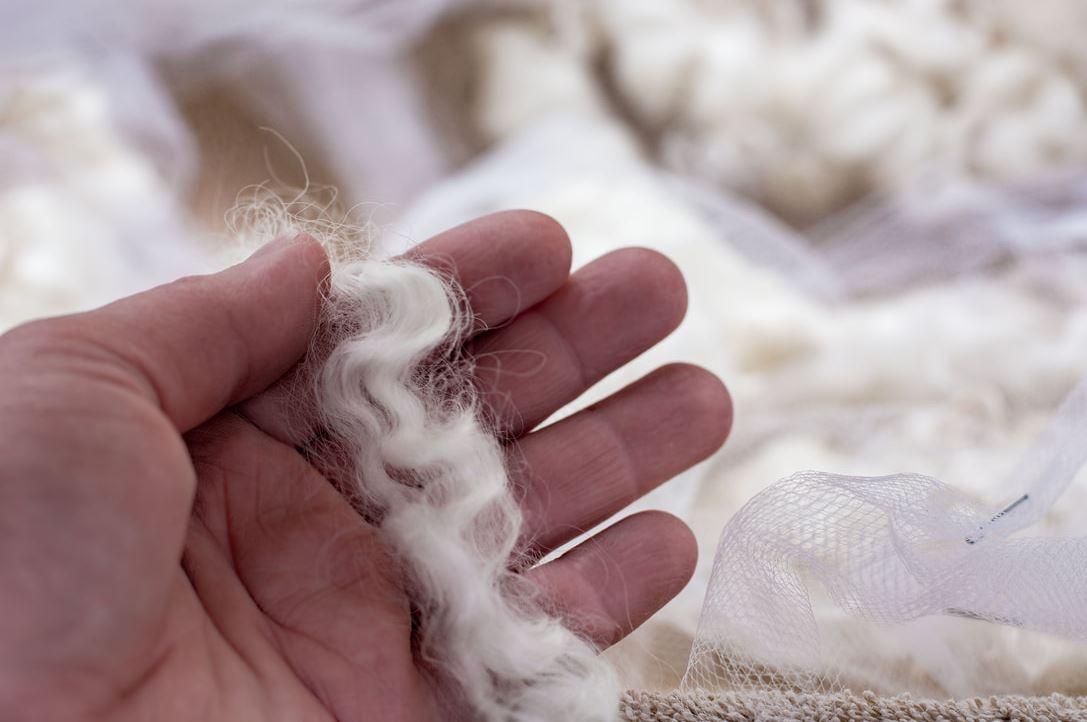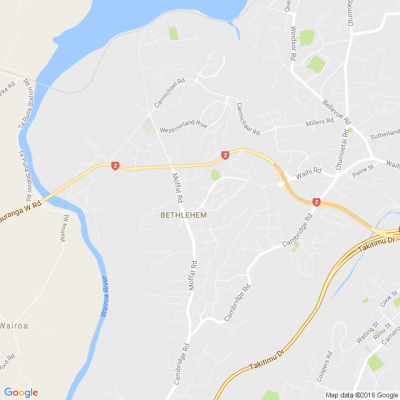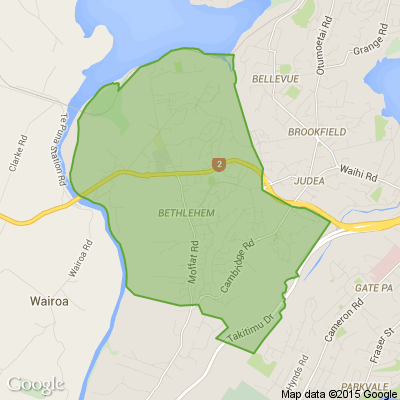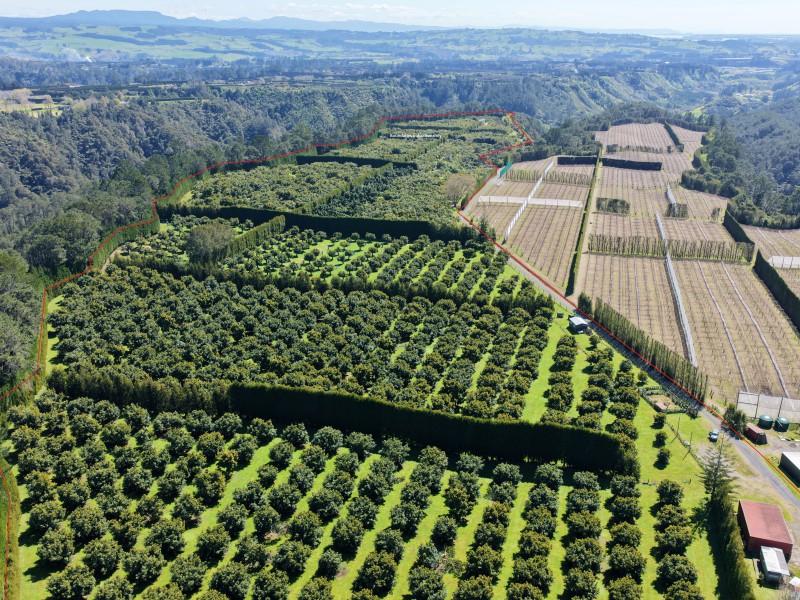The Green Side of Wool
We have a soft spot for sheep. For many, sheep are symbolic to New Zealand culture with the rearing of sheep being the backbone of the economy for many years.
Sheep farming was established in New Zealand by the 1850s and for several decades wool accounted for more than one third of New Zealand’s exports by value, with the sheep population peaking at just over 70 million in 1982.
This number is significant when compared to New Zealand’s human population of 5 million. By 2020 sheep numbers dropped to 26 million following a decline in profitability compared to other types of farming, particularly dairy.
While also farmed as a food source, today’s article focuses on sheep wool and its environmental attributes.
Wool is a natural and renewable resource and as long as our beloved sheep are eating our tasty green pastures they will always produce wool. Wool has amazing properties that make it ideal for many applications from home furnishings to underwear.
Cotton and synthetic fibres are currently the most commonly produced fibres globally, however, their performance and environmental benefits do not compare to wool.
From Wool to Yarn
The wool clip (the total yield of wool shorn during one season from the sheep) is sent to the scourers where it is cleaned and dried before being spun into yarn. The yarn is then sent to the textile manufacturer where many different processes are involved.
The yarn is wound onto dye cones to be dyed the required colours. Next the yarn is warped onto beams which are threaded through the loom, allowing the weft yarn to run across the warp and create a woven fabric.
The fabric is then inspected, washed, and dried. Very few chemicals are used in the processing, typically only water and heat.
Keep reading: www.curtainclean.co.nz...

Possessions sold as one lot
Morning everyone 😊
I am wanting to sell our mother's possessions as one lot and not individually; ive heard there are people who do this. .
Does anyone know of someone or where I might start?
Shame on You!
This is what greeted workers at Brookfield Sallies yesterday morning. All of it looks like it should have gone straight to the tip, which is what the Sallies will now have to pay to do. Surely whoever does this has no conscience. The Sallies do an amazing job of helping people in times of need and they don't need to be spending any money they receive on doing your dirty work, especially at this time of year.








 Loading…
Loading…














